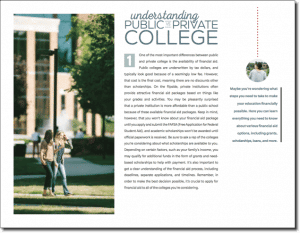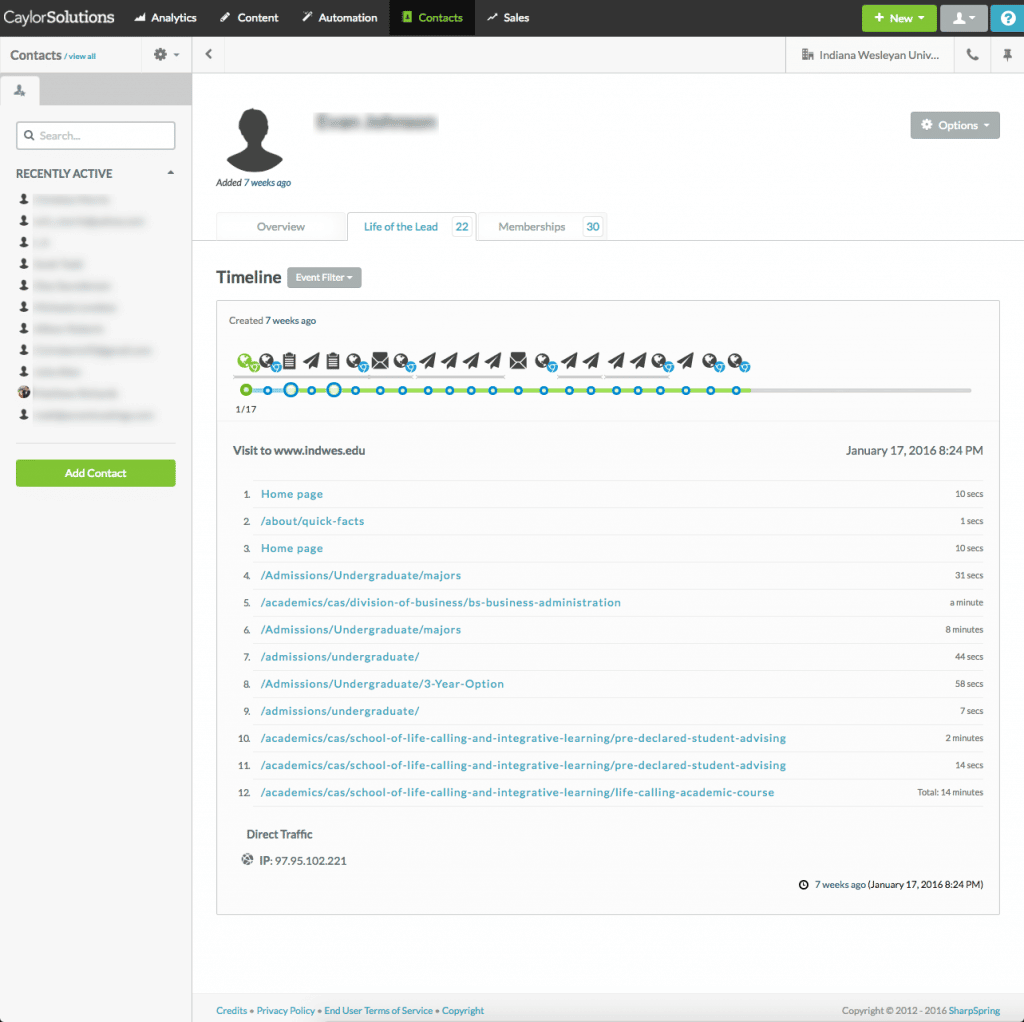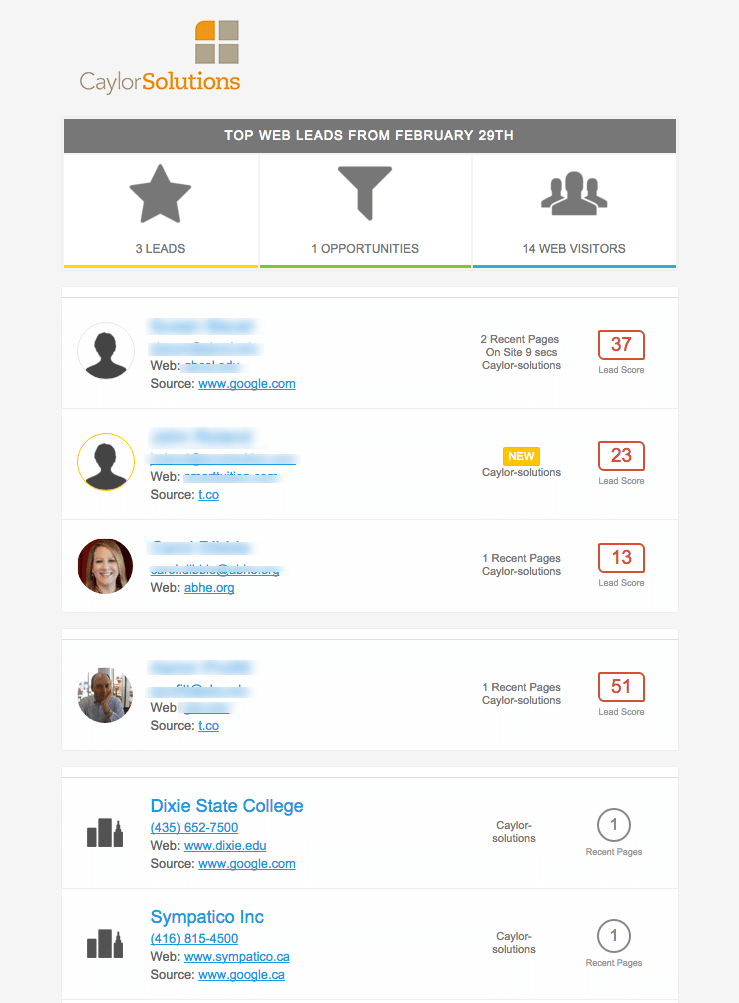Digital Natives and AI: What Higher Ed Can Learn from Gen Z
How can higher ed engage digital natives and cultivate AI fluency at the same time? Conor and Finn Grennan share insights for the next generation of learners.
Strategies
Many are confused with what inbound marketing for schools is all about. Here is a simple definition:
If you project anything to the masses (billboards, advertisements, direct mail, direct email) that is considered outbound marketing, think Don Draper of Mad Men. Your goal is to create an “offer too good to refuse” and promote your school and services. You are selling what you are. You are selling you.
If you create content that is attractive, helpful, and useful (ebooks, nurturing emails, answers to questions, resources) and drawing prospective users to your content that is considered inbound marketing. Think Dale Carnegie of How to Win Friends and Influence People. Your goal is to offer content that is also “too good to refuse” but it through the context of sharing information and help to the prospective buyer. You are helping them. You are focused on them. While you focus on them, you’ll gain friends and trust.
Inbound marketing is a set of tools and methods aimed at drawing prospective buyers to valuable content for which they are willing to exchange their contact information. Once you have their contact information (name, email address – minimal information) you begin to nurture the lead through a series of emails and other offers for deeper relationship. All the while, you can track the users through a set of tools to measure the impact of you marketing message and rank the prospects by lead scores.
Success flows to organizations that inform, not organizations that promote.
– Jay Baer, in Youtility.
In addition to flipping the traditional marketing model by promoting less and informing more, your school could see a cost savings in your overall marketing. According to a 2015 Hubspot post entitled The Ultimate List of Marketing Statistics:
With that kind of return on investment, why would you not consider inbound marketing for your school? Here’s how to get started:
Be sure to develop content that is relevant, timely and valuable as the offer to entice users to exchange their contact information and give you permission to direct marketing through email (which is still one of the most effective means of marketing). Consider the following:
Here is an example of an ebook that was created for Indiana Wesleyan University for their traditional undergrad program to draw students into understanding more about financial aid:

 The ebook contains pages educating the prospective student and parent about navigating the new world of college financial aid. The content includes elements about understanding public vs. private, the FAFSA, how to pay for college and other relevant topics. Each education element included sidebar content about how the school solves that problem.
The ebook contains pages educating the prospective student and parent about navigating the new world of college financial aid. The content includes elements about understanding public vs. private, the FAFSA, how to pay for college and other relevant topics. Each education element included sidebar content about how the school solves that problem.
Ebooks also provide the “bait” to promote through your other channels: website call-to-actions, social media, your communication flow. Properly optimized landing pages for the books will also add to your overall search engine ranking, driving even more traffic. In the case with IWU, we also introduced a low-budget pay-per-click campaign targeted to the most productive geolocations to drive prospective students and parents to these valuable resources.
The book drives the user to provide the email address to start the next part of inbound marketing for schools: the nurturing email campaign.
Imagine sending out more email with a communication flow than you ever have. What if you could send out emails based upon a user’s engagement with your website? That is what email nurturing and marketing automation is all about.
In the IWU example above, we sent out a series of two email campaigns to nurture the students and parents who downloaded the ebook.
The goal is to engage the prospective students and parents in a natural and encouraging way. Make it personal and authentic. Inbound marketing for schools can help you do that.
The third element of a successful inbound marketing program is the ability to create workflows around the user engagement and interaction. Various inbound systems [HubSpot ($$$$), InfusionSoft ($$$), and our preference: Sharpspring ($)] have tools to set up and manage “if then” statements.
For instance, if a student downloads a second ebook, the computer will change the next email that is scheduled to a different message more targeted to a warmer lead. You can also create processes such as texting an admissions counselor when a student arrives on a certain page, or setting up a separate email nurturing campaign for students who fail to complete the application page.
Workflows are the backbone of a successful inbound program allowing the marketing to ebb and flow based upon the user engagement to content and email.
When an ebook is downloaded, or a link clicked in an initial email communication, users are tracked within the inbound marketing system, providing detailed data regarding their engagement with all trackable aspects of your marketing program. Imagine knowing every page a prospect visits on your website (majors, clubs, scholarship interest, departmental pages), as well as what emails have created the most interest.

Inbound marketing provides a deeper knowledge of prospective students than ever before and better prepares the admissions counselors for the conversations that they will have with students and families.
Every morning, the admissions team at IWU receives an email report of the previous day’s activities. It lists out all of the new users in the system based upon downloaded ebooks and provides a lead score calculated on engagement with the marketing. The score also includes a decay algorithm that will reduce the score as users stop engaging with content. Counselors can see what are the warmest leads to engage with on that particular day.

All aspects of the program are trackable, and reports are available for email, forms, workflows, and external campaign successes. Decision makers can see in a moment which campaigns have been most successful: Did more traffic come from our Facebook campaign or Instagram? Was the PPC campaign successful at driving enrollment? How is our YouTube call-to-action driving students?
Inbound marketing for schools provides a suite of tools that will provide more data, more engagement, and a greater return on investment that other traditional school marketing programs. It is far more affordable than continuing to purchase ineffective lists and traditional “spray and pray” methods.
Would you like to drive more applications to your school website? Or increase your overall yield? Contact us today to learn how inbound marketing for schools can increase your enrollment efforts!
You’re in luck! We’ve curated 25 awesome ideas inspired by top higher ed institutions across the country and put them in one handy guide: 25 Ideas for Great Admissions Content.
 In this brand new resource from Caylor Solutions, you’ll get…
In this brand new resource from Caylor Solutions, you’ll get…
Get inspired.
Get enrollment results.
Get 25 Ideas for Great Admissions Content.
Download your copy today!
Featured image by Mabel Amber via Pixabay
Subscribe to The Higher Ed Marketer podcast today!